
Pakistan’s agriculture received a boost in the 1960s when it posted a growth rate of 5.1%. Improved varieties, steady access to water due to incentivisation of tube wells and heavy public investment in irrigation canals and storages contributed to this growth. An effective extension service made no mean contribution. All this has changed since, and for the worse. Land distribution constrains the agricultural growth more than ever before. From 27.08% in FY2000, the share of agriculture in GDP has gone down to 18.86% in FY18. Historically, as economies progress towards greater industrialisation, the share of agriculture becomes smaller and smaller. Industry produces rapid growth and its share in GDP keeps on rising. Industrial growth rate is above agriculture, but it does not mean agriculture stagnates. In a healthy economy, agriculture becomes more intensive and produces larger amounts of output due to greater productivity.
The fall in the share of agriculture since 1999-2000 was 8.22 percentage points. However, the increase in the share of industry from 19.31 % to 20.91% implied an increase of only 1.6 percentage points. This means that the major share of the decline in the share of agriculture was gained by the services sector, as it rose by 6.62 percentage points from 53.61 to 60.23%. So the classical path of agriculture giving way to industrialisation turns on its head. In this period, industrial growth was 5.03% per annum, but the agricultural growth was close behind at 4.87%. At 5.18%, the services sector recorded the highest annual average growth. Overall GDP growth was 4.49%. This is where the first part of the problem lies. Industry was supposed to take Pakistan into the high growth league of Asian Tigers. It has been the darling of the policymakers. Import tariffs, taxes, subsidies, public spending, regulatory framework and credit policies have all been geared to nurture the industrial class. What we have, however, is a Statutory Regulatory Order class, taking rent seeking to ever greater heights, yet grumbling all the time that the government is not doing enough.
What this class is doing in return is a pathetic story told by every edition of the Labour Force Survey. According to the last available edition, the industrial sector provided 23.5% of the employment in 2014-15, up from 21% in 2001-02. The economy needs a double-digit growth for a decade to fully absorb the ever-expanding army of the unemployed. Industry has failed to demonstrate the potential to be the major contributor to this growth. The second part of the problem is that whatever growth this sector achieves, its job creation capability, measured by the so-called employment elasticity, is the lowest.
Services, the largest sector, have a low elasticity of employment. While the share of the sector increased from 54.96 to 58.61% between 2001-02 and 2014-15, the share in employment declined from 38 to 34 %. Agriculture remained the largest employer, with its share increasing from 41.4 to 42.47 %, despite a low average annual growth of 2.63%. Agricultural growth has been stunted by relegation of the sector to a residual in official policy. As a result, Pakistan has become a net importer of food as well as agricultural products. More than the industrial zones, the growth potential of the CPEC connectivity is likely to be maximised by the recognition of agriculture as the lead industry. Indications of a food and agriculture deficit are writ large on the face of the region.
Published in The Express Tribune, August 17th, 2018.
Like Opinion & Editorial on Facebook, follow @ETOpEd on Twitter to receive all updates on all our daily pieces.





























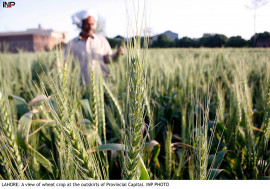
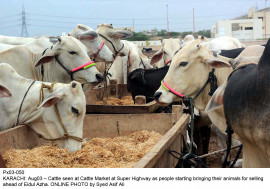
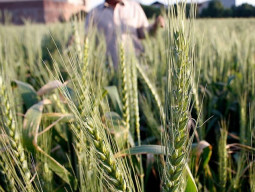



1713509570-0/Taylor-Swift-Album-Release-(1)1713509570-0-270x192.webp)
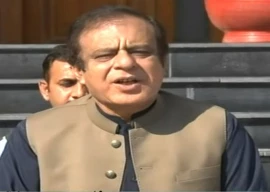
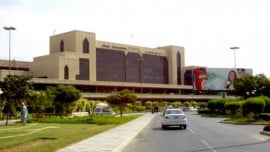



















COMMENTS
Comments are moderated and generally will be posted if they are on-topic and not abusive.
For more information, please see our Comments FAQ